Palazzo Nuovo
Fri Dec 08, 2017 12:02 pmWe concluded our visit to Capitoline Museums by touring the Halls of Palazzo Nuovo, as well as the ruins of the Temple of Jupiter, and the Tabularium.
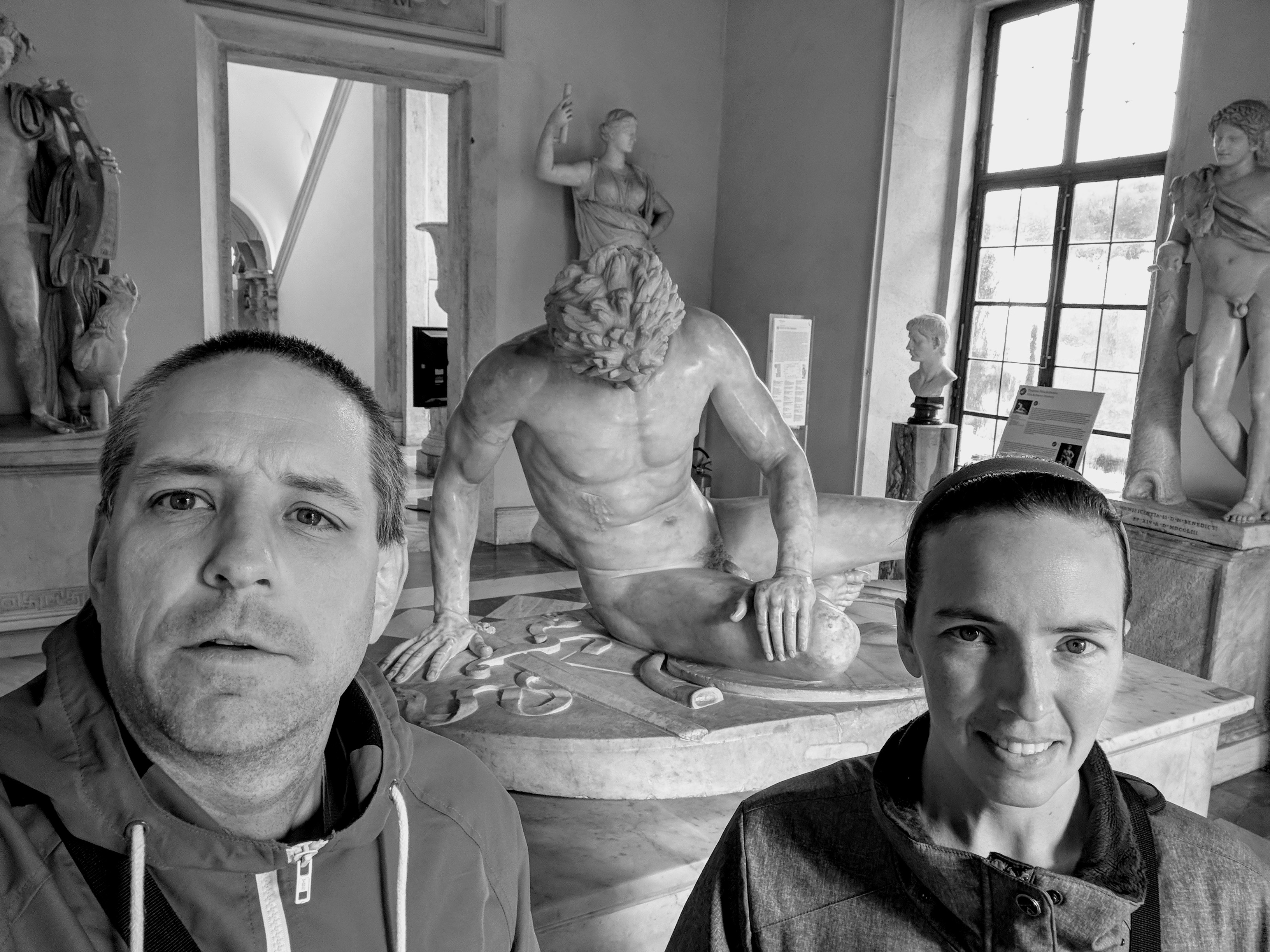
Dying Gaul is a Roman copy, from the First Century BC, of a Greek statue which is believed to have been created in the Hellenistic Period. Hellenistic Period means during the time just after Alexander The Great.
So then to put a specific (theoretical) narrative regarding what Dying Gaul represents: there were Gauls living in Anatolia (where Turkey is today), known as Galatians, who were engaged in a military conflict vs Ionian Greeks (that then occupied Anatolia), in the Fourth Century BC.
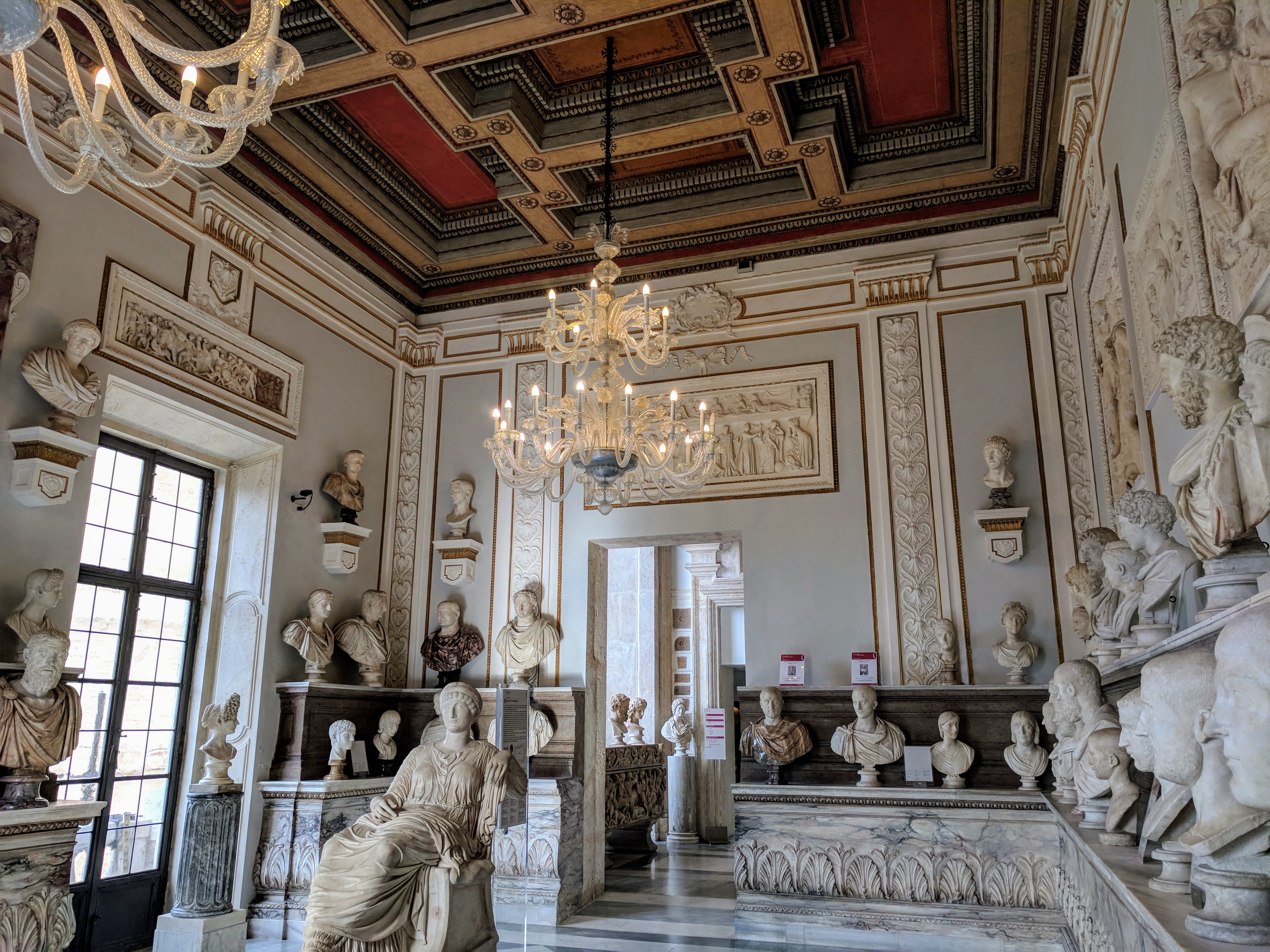
Seated in the center of the Hall of Emperors, is Constantine’s Mother Helena. It was under Constantine that Christianity became the official Religion of the Roman Empire, and it was because of his mother’s influence that he became a Christian.
Helena has just traveled to Jerusalem to find Jesus’ Cross, and is sitting down to take a rest.
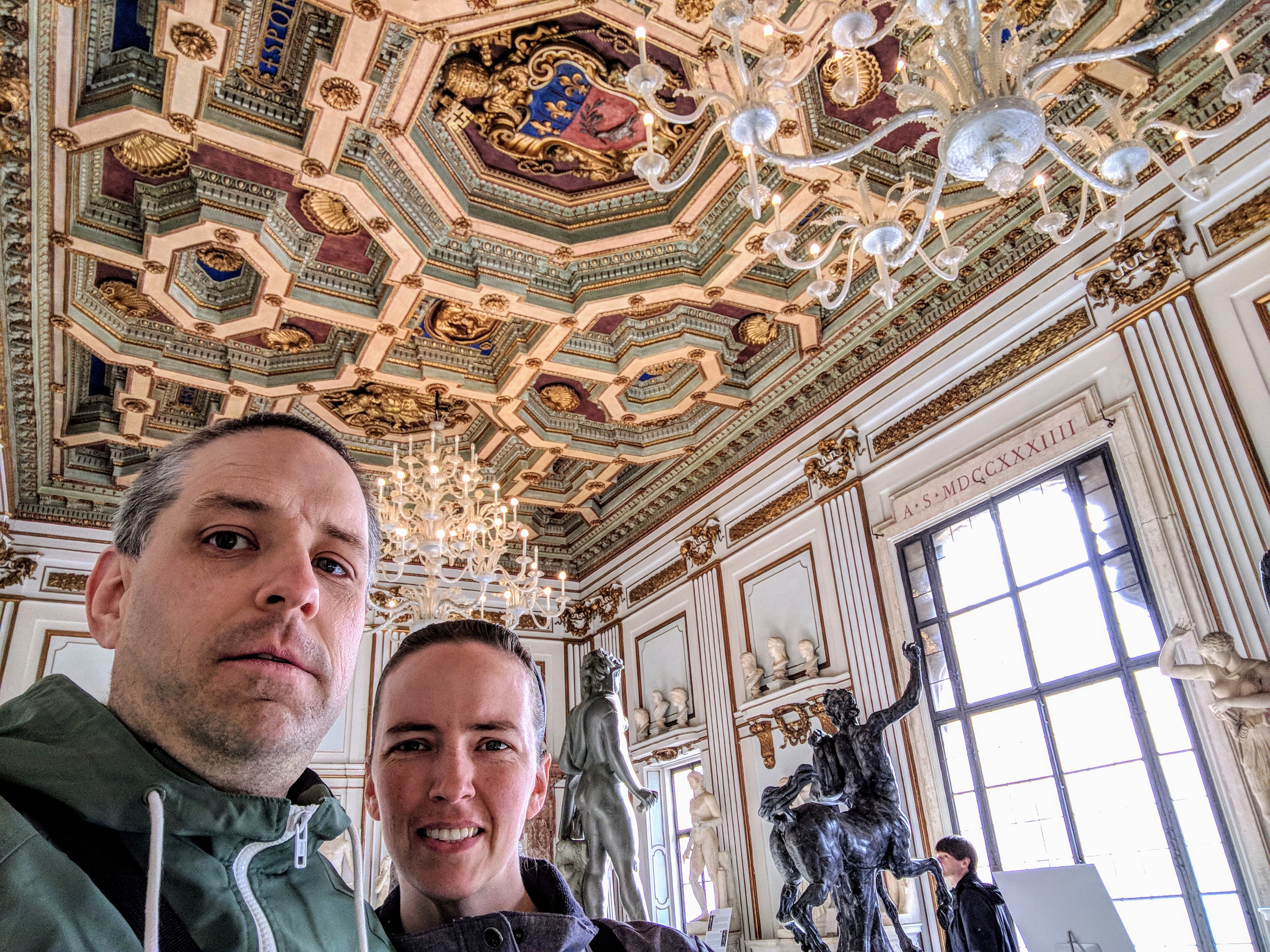
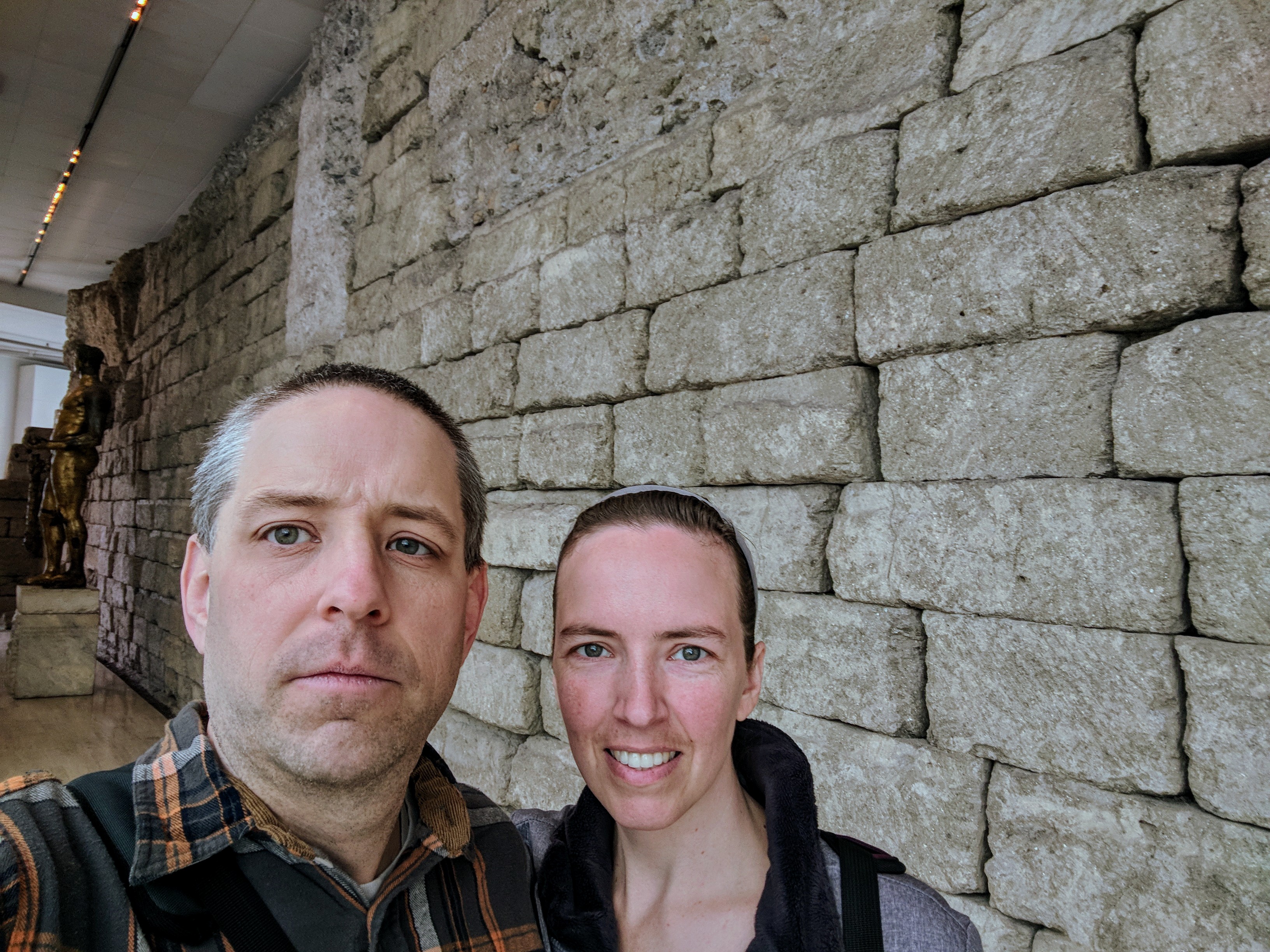
Underneath Capitoline Museums, (which sits atop Capitoline Hill overlooking the Roman Forum), are the ruins of the Temple of Jupiter. In the Roman Pantheon of Pagan Gods, Jupiter was the principle deity. The stones are soft volcanic tuft.
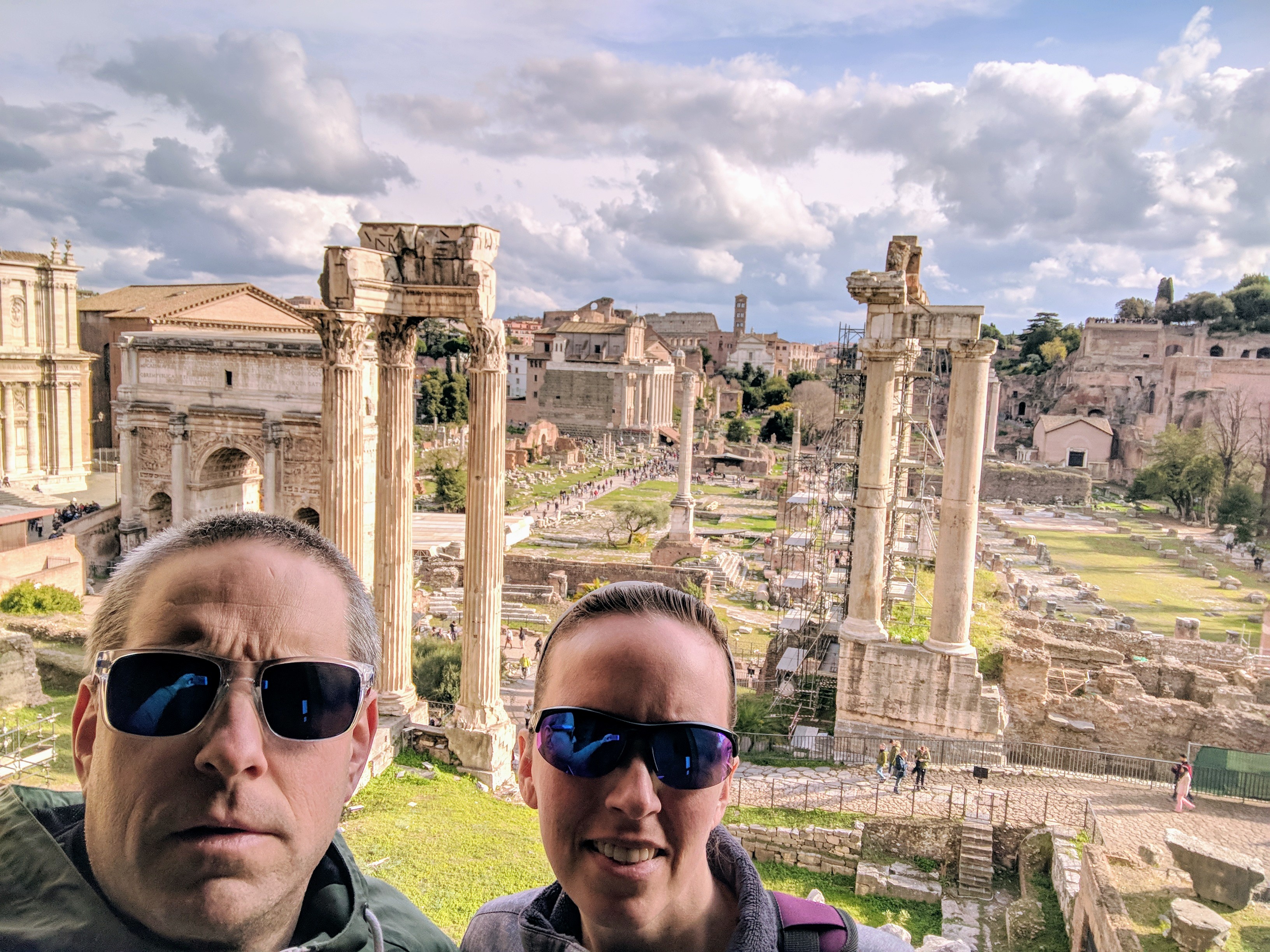
Tabularium was the record archive of Ancient Rome.
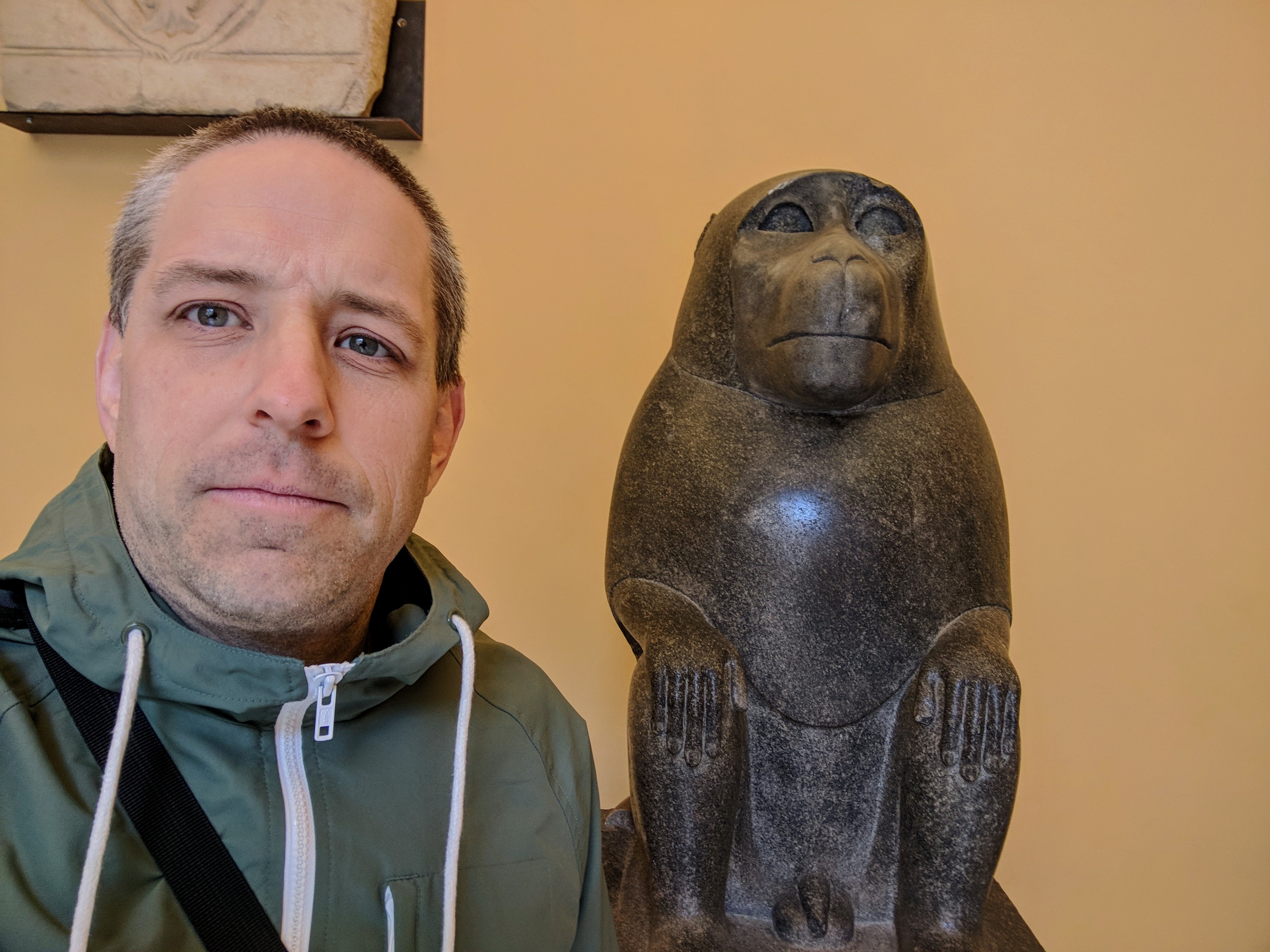
Curiously, Capitoline Museums also contains an ancient-Egyptian statue of your little sister.